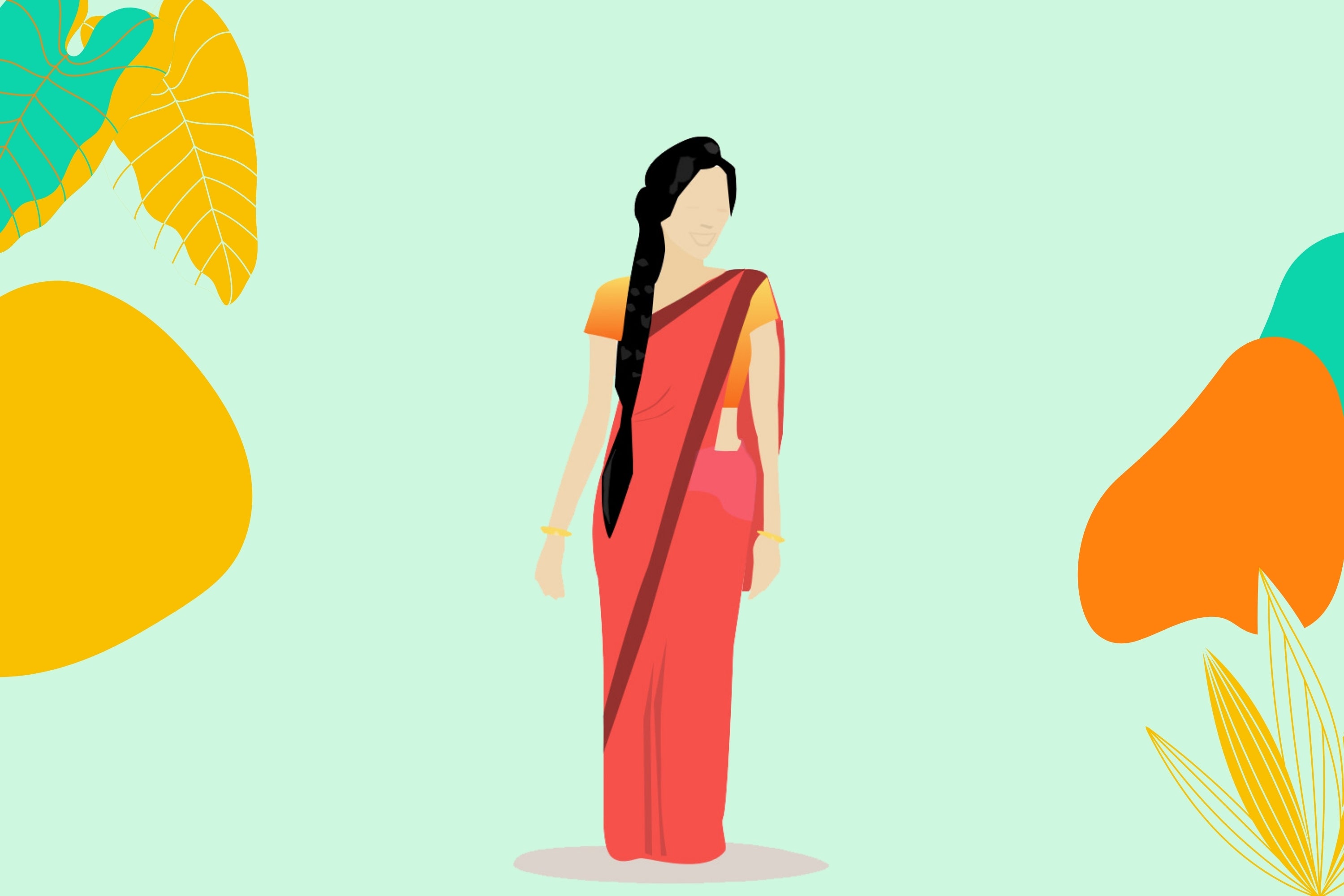
Sarees: A Succinct Narration
"The word 'sari' has been derived from the Prakrit word 'sattika', which finds mention in the early Buddhist literature.
The word was further transformed into sati, evolved into sari with the passage of time. The first mention of sarees is in the Rig Veda, a Hindu book of hymns dating to 3000 BC. Today, Sari (also written as Saree) is the symbolic gesture of femininity in India. Though many other South Asian countries like Bangladesh, Sri Lanka, Myanmar etc. have a fascination over saree, India always tops the list of all saree wearing nations. The fluid and flawless drape of the Indian saree has had an hypnotic effect on millions across the world. This six-yard fabric does not have its own shape or cut; since it is unstitched, it takes the shape of the wearer's body structure. This is a unique aspect, which differentiates saree from every other garments. Folks in the west (occidental civilization) introduced the concept of readymade clothing which segregated clothing in standard sizes. Before that, people would get their clothes custom stitched, based on their body measurements. Sarees on the other hand is an entirely different segment, it is a 6-meter draping material which needs to be draped on the body methodically. Hence it requires no fitting or changes based on the physique; this removes the enigma of size and fitting entirely from the picture.
There are more than 80 recorded ways to wear a sari. Of course, sky is the limit and one can wear it however the wish to. One of the most common style for wearing a saree is to wrap around the waist, with the loose end of the drape to be worn over the shoulder, baring the midriff. However, there is a lot of emphasis put on how a saree is tied/worn. One must also appreciate the saree's fabric and texture as it is important for achieving a good drape.
The love for sarees in India is like an everlasting craze for women. Sarees are made in many fabrics: Cotton, Silk, Viscose, Jute, Tissue etc. and their derivatives. Silk has always been a very traditional and sought after fabric. Pure silk is well known for its luxurious softness and its lustrous beauty. There are various types of pure silk: Matka, Dupion, Katan, Muga, Tissue are to name a few. Each of them have different characteristic and charisma (just like people). The biggest advantage of silk saree is that they can be treasured for years and can be passed on from generation to generation, just like family jewelry. However, the process of extraction and techniques of weaving of such silk sarees is extremely expensive; people save for years (especially for weddings, which predominantly witness women wearing such sarees) so that they can buy one for prestigious occasions.
As a result, there are knock offs made available in various silk-like fabrics, which look exactly like those pure silk delicacies, but lack their feel. This has been possible with the advent of modern technology in saree manufacturing process, which has also led to depreciation of price of sarees made by artificial fabrics. Due to this, people can now afford a saree with rich looks at affordable prices.
However, there has been exploitation of this modern technology; retailers and illegitimate sellers often portray such creations that they are made out of pure silk fabrics and sell them at an exorbitant price. The buyer, unaware of differences between the pure and artificial fabric (or unaware wholly that there are knockoffs of sarees too) purchases them at rates comparable to actual pure saree only to be found fooled in front of a seasoned saree expert.
Henceforth a buyer gets defrauded due to lack of proper knowledge while identifying the genuine saree in terms of quality. One can decipher the difference only by touching them or by looking very closely at the saree; both of which require experience with sarees.



